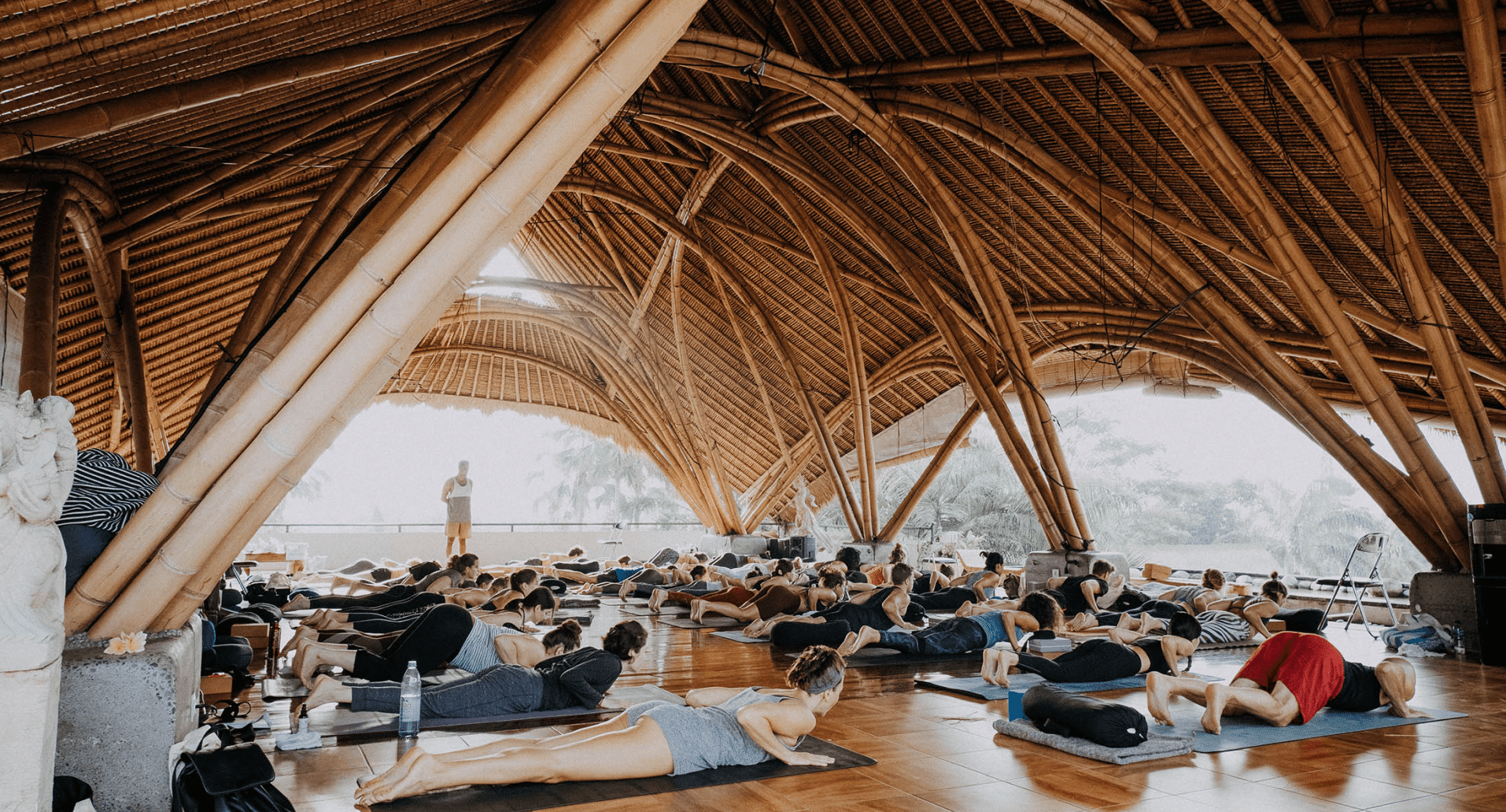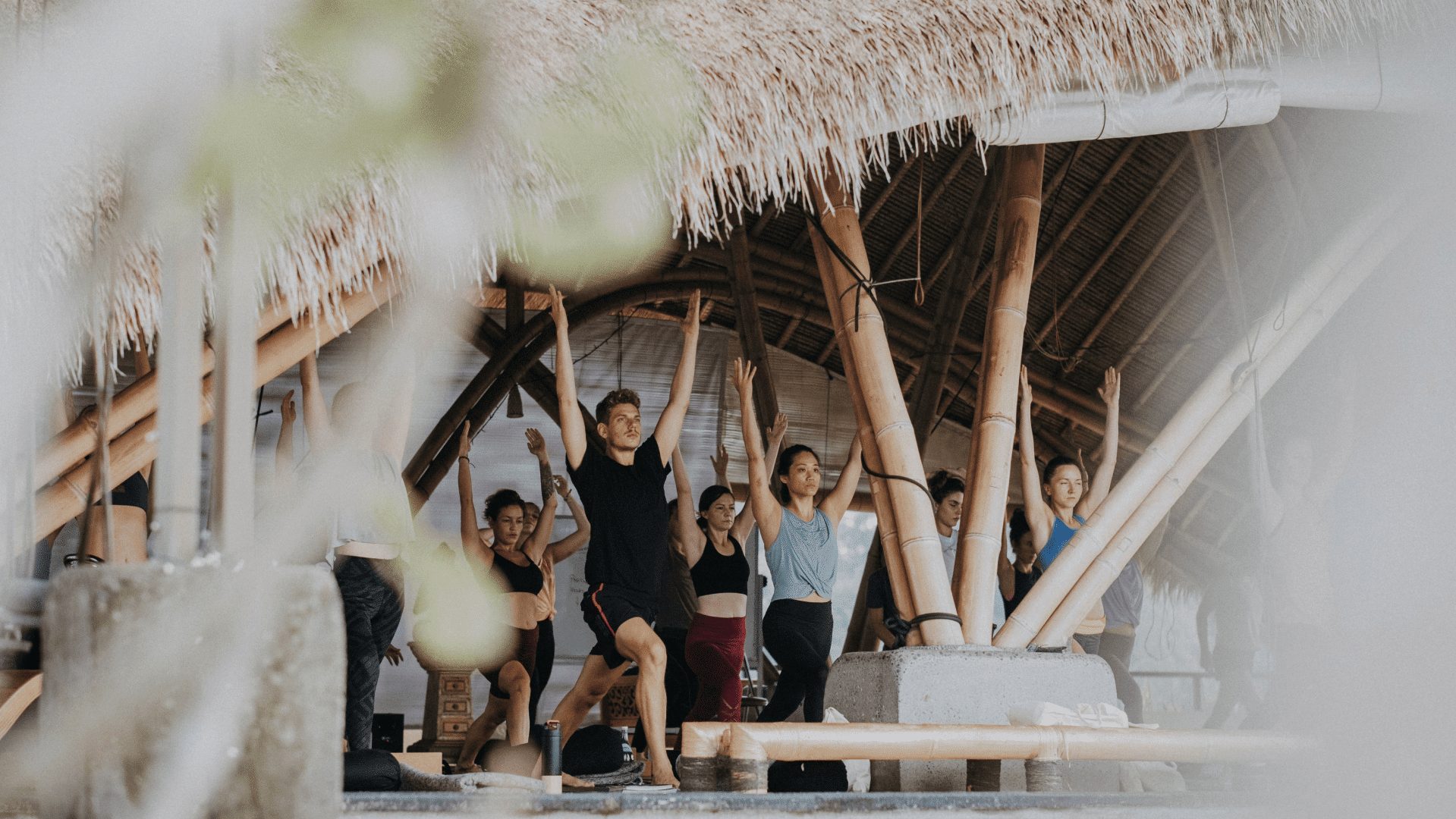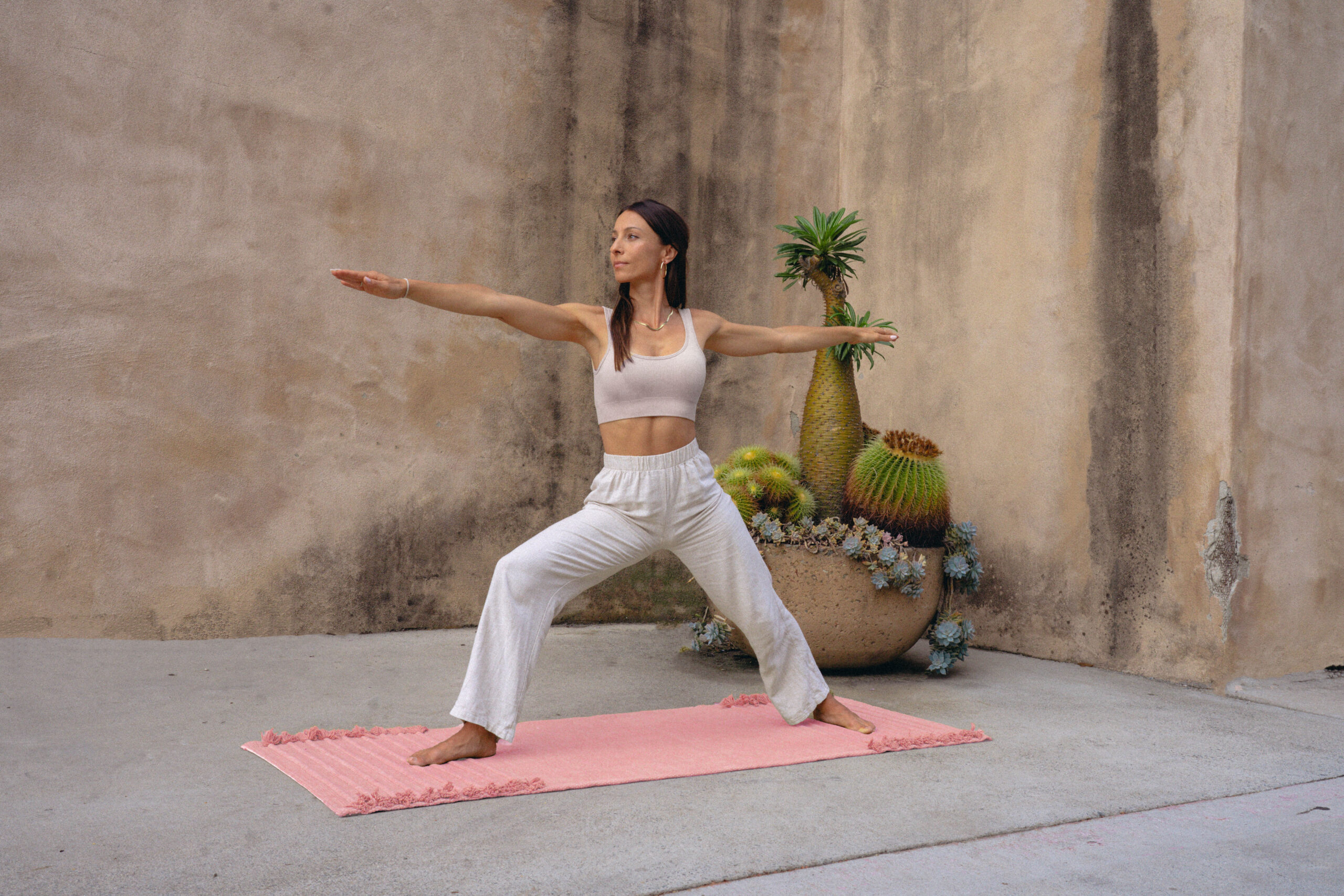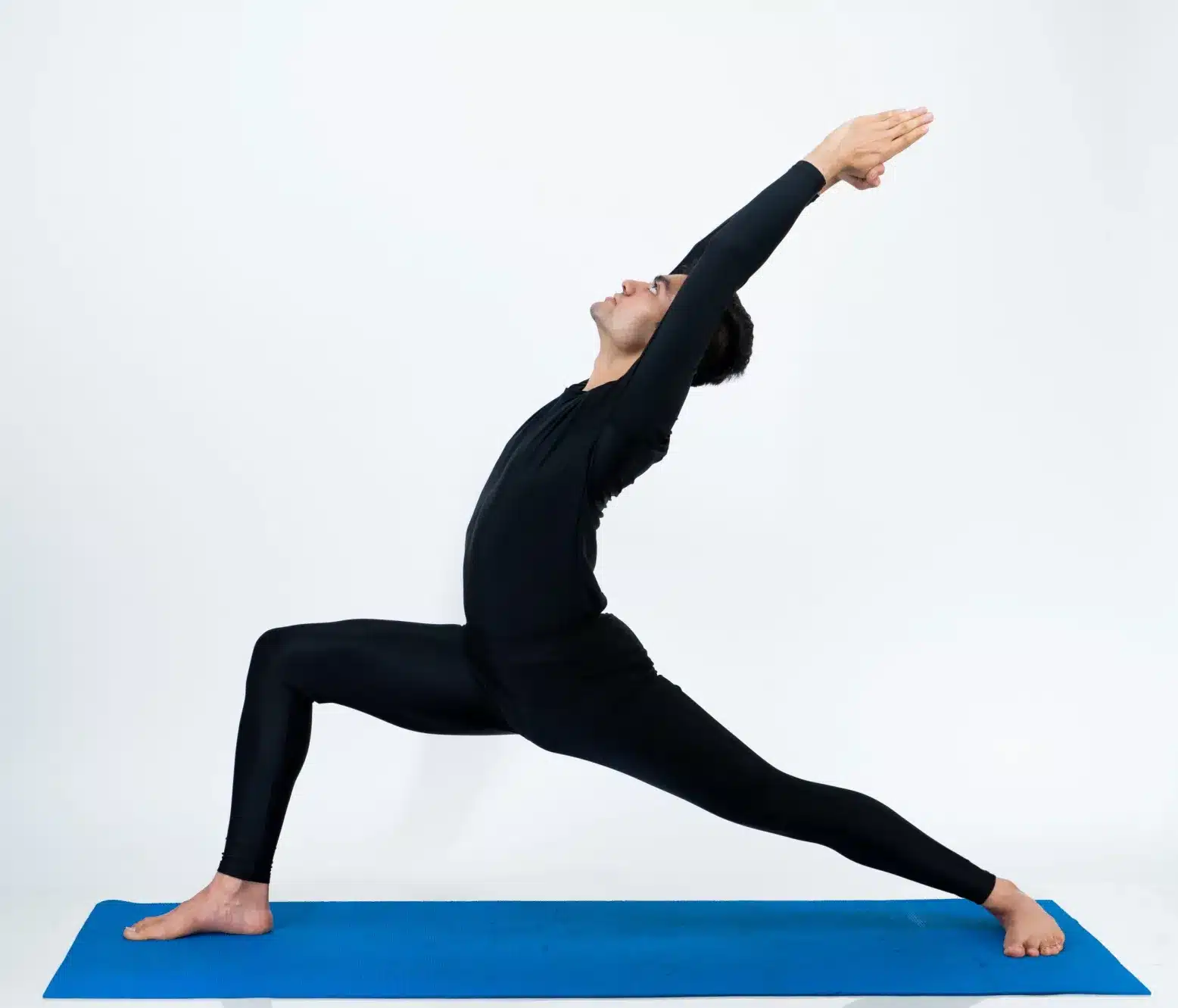
Are you ready to unleash your inner warrior? Warrior 1 pose, also known as Virabhadrasana 1, is a powerful and energizing yoga pose that builds strength, stability, and focus. Whether you’re a seasoned yogi or a newbie to the practice, mastering this foundational pose is essential for your yoga journey. Not only does Warrior 1 strengthen your legs, core, and arms, but it also stretches and opens your chest, shoulders, and hip flexors. By incorporating this pose into your yoga routine, you’ll reap the physical, mental, and energetic benefits it offers.
In this ultimate guide, we’ll break down Warrior 1 step by step, providing you with the knowledge, tips, and techniques you need to perfect your alignment and deepen your practice. From proper alignment to cues and modifications, we’ll explore each aspect of the pose in detail, ensuring you feel confident and empowered in your Warrior 1 stance.
Get ready to embody the strength and grace of a warrior as we guide you through the ultimate Warrior 1 pose journey. Are you up for the challenge? Let’s begin!
Benefits of practicing Warrior 1
Warrior 1 offers many benefits for both the body and mind. By incorporating this pose into your regular yoga practice, you can experience the following benefits:
- Strengthens the lower body: Warrior 1 primarily targets the legs, specifically the quadriceps, hamstrings, and calves. Holding the pose helps build strength and endurance in these muscle groups, improving overall lower body strength and stability.
- Enhances core stability: As you engage your legs and lift your torso in Warrior 1, your core muscles naturally activate to maintain balance and strength. This helps strengthen and tone the abdominal muscles, improving core stability and posture.
- Opens the chest and shoulders: Warrior 1 pose involves a deep stretch through the chest and shoulders, helping to counteract the effects of hunching over and sitting for extended periods. This can help improve posture and relieve tension in the upper body.
- Stretches the hip flexors: The hip flexors, which include the psoas and iliacus muscles, can become tight and shortened from prolonged sitting. Warrior 1 pose helps to stretch and lengthen these muscles, increasing flexibility and mobility in the hips.
- Promotes mental focus and clarity: Holding Warrior 1 requires concentration and focus as you balance and align your body. This cultivates a sense of presence and can help quiet the mind, promoting mindfulness and clarity.
By practicing this pose regularly, you can experience these physical and mental benefits, enhancing your overall well-being and yoga practice.
Story and lore behind Warrior 1 Pose
Warrior 1 draws its inspiration from ancient Indian mythology, specifically the story of Virabhadra, a fierce warrior created by the god Shiva. According to legend, Virabhadra was formed from a lock of Shiva’s hair and was tasked with seeking revenge on those who had wronged him.
In yoga, the Warrior poses are named after Virabhadra, with Warrior 1 representing the first warrior. The pose symbolizes strength, power, and determination, qualities embodied by the warrior archetype. The story of Virabhadra serves as a metaphor for overcoming challenges and obstacles in life. Just as a warrior faces adversity with courage and resilience, practicing Warrior 1 can help us cultivate these qualities on and off the mat.
By embodying the spirit of Virabhadra in Warrior 1 pose, we tap into our inner warrior, finding strength, focus, and a sense of empowerment. This connection to the ancient lore adds depth and meaning to our yoga practice, reminding us of the timeless wisdom of the poses.
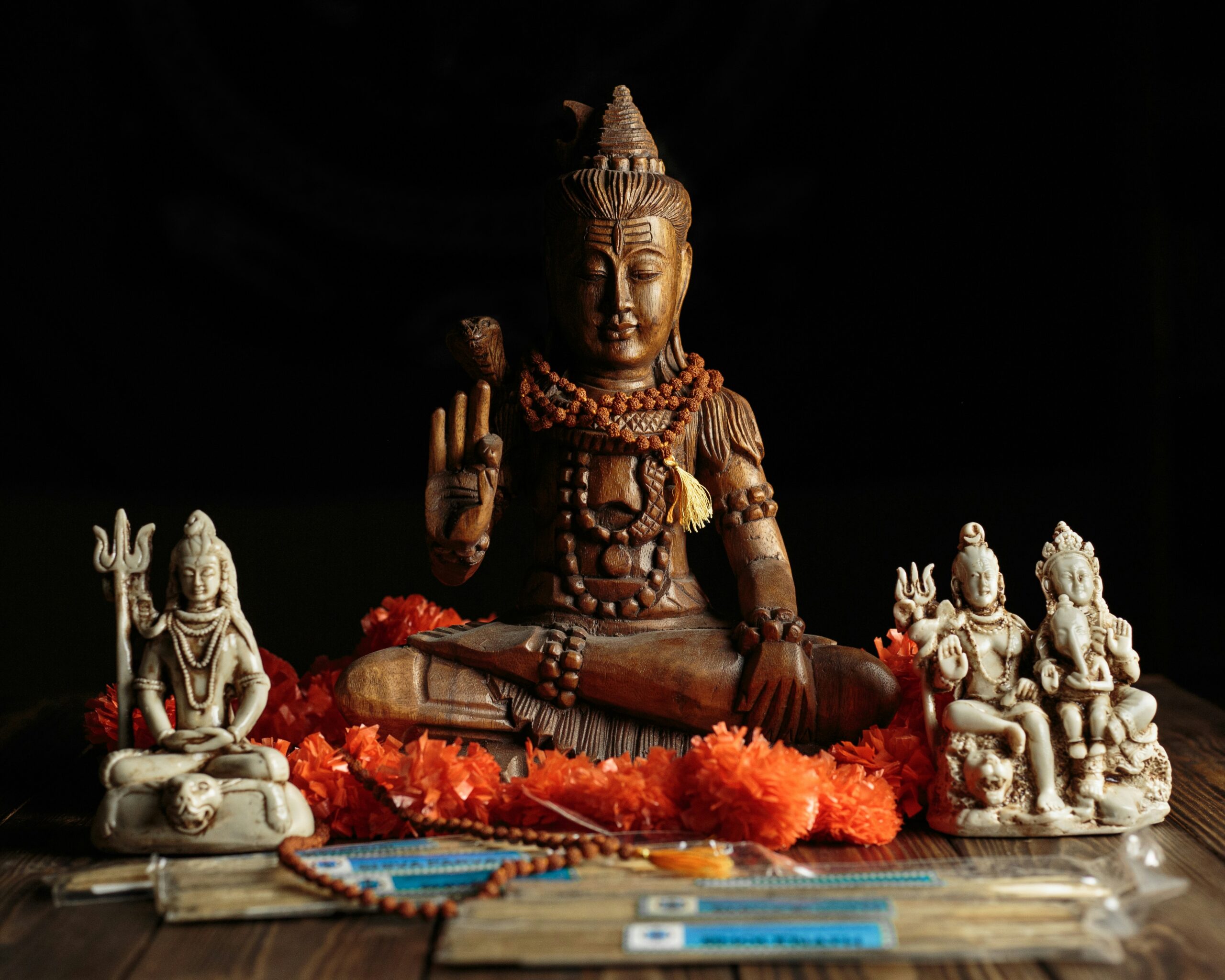
Physical alignment and technique for Warrior 1 Pose
Virabhadrasana 1 is a foundational yoga pose that requires proper physical alignment and technique to reap its full benefits. Let’s explore the key elements of this pose and how to execute them correctly.
Starting from Tadasana (Mountain Pose):
Begin by standing at the top of your mat in Tadasana with your feet hip-width apart. Ground down through all four corners of your feet and engage your leg muscles. Take a deep inhale, and as you exhale, step your left foot back at a 45-degree angle on your mat. Your left heel should be flat, with your toes pointing slightly outward.
Aligning your hips and shoulders:
Rotate your left hip forward, squaring it with the front of your mat. This will help maintain proper alignment and prevent strain on your lower back. Next, bring your arms up overhead, palms facing each other. Keep your shoulders relaxed and away from your ears while actively reaching through your fingertips.
Bending your front knee:
As you inhale, bend your right knee directly over your ankle, creating a 90-degree angle. Ensure that your knee is tracking in line with your second and third toes, and avoid letting it collapse inward. Engage your quadriceps and inner thighs to maintain stability in your front leg.
Lengthening through your spine:
To avoid rounding your upper back, focus on lengthening through your spine. Imagine a string pulling the crown of your head towards the ceiling, creating space between your vertebrae. This will help you find balance and stability while maintaining proper posture in the pose.
Grounding through your back foot:
While your front leg is active, don’t forget about your back foot. Press the outer edge of your left foot firmly into the mat, keeping your leg strong and engaged. This will provide a solid foundation and help you maintain stability in the pose.
Breath and gaze:
As you settle into Warrior 1, allow your breath to remain steady and calm. Take deep inhales and exhales, filling your lungs with fresh oxygen and releasing any tension or stress. Gaze forward, keeping your eyes soft and focused on a point in front of you. This will help you stay present and centered in the pose.
Remember, listening to your body and making necessary adjustments to ensure comfort and safety in the pose is essential. With practice, you’ll find your unique alignment in Warrior 1, allowing you to embody the strength and grace of a warrior fully.
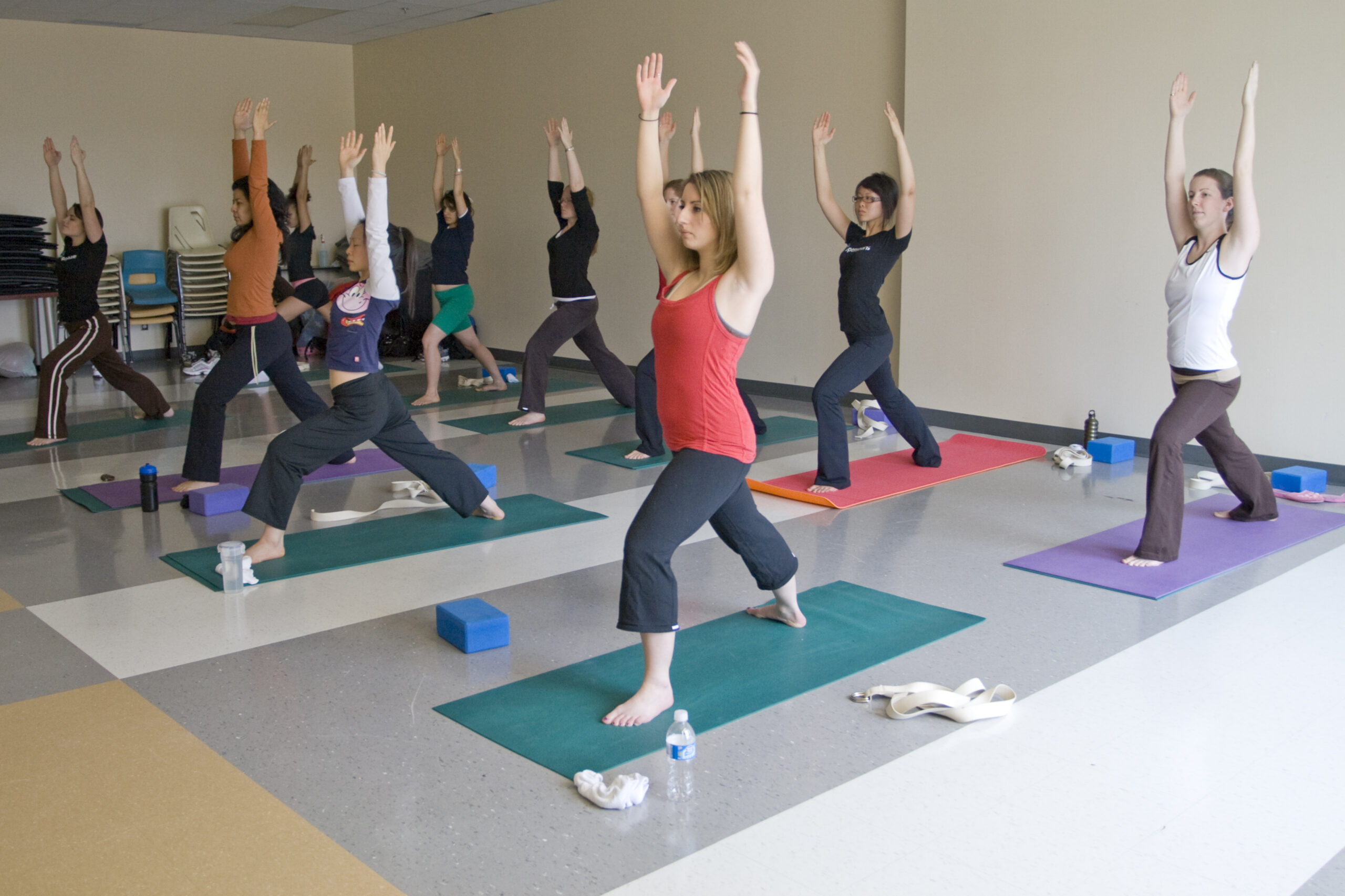
Modifications and variations of Warrior 1 Pose
While Warrior 1 is a powerful and energizing pose on its own, several modifications and variations can be incorporated to suit different levels of flexibility and strength. Let’s explore some options that will allow you to adapt the pose to your individual needs.
Widening your stance
Widening your stance can make Warrior 1 more accessible for individuals with tight hip flexors or limited flexibility. Instead of stepping your back foot parallel to your front foot, try stepping it out to the side slightly. This will reduce the intensity of the hip flexor stretch and allow for a more comfortable and stable position.
Hands on hips or heart center
If reaching your arms overhead feels uncomfortable or strains your shoulders, consider placing your hands on your hips or at the heart center. This modification can help you focus on the lower body alignment and stability in the pose while still benefiting from the leg and core strengthening aspects of Warrior 1.
Warrior 1 with a twist
To add an extra element of challenge and spinal mobility to Warrior 1, you can incorporate a twist. From the standard Warrior 1 position, bring your hands to your heart center and twist your torso towards the front leg. You can bring your opposite elbow to the outside of your front knee or extend your arm straight in line with your shoulders. This variation increases the engagement of your core and challenges your balance and coordination.
Warrior 1 with a backbend
For those seeking a deeper stretch in the chest and shoulders, you can incorporate a gentle backbend into Warrior 1. As you lift your arms overhead, allow your chest to open and gently arch your upper back. Be mindful not to strain your lower back and maintain leg stability throughout the pose.
Remember, modifications and variations are not meant to be shortcuts. They are tools for adapting the pose to your current abilities and needs. As you progress in your practice, you can gradually explore more challenging variations, always respecting your body’s limits and practicing mindfulness.
Cues and Adjustments for Warrior 1
As yoga teachers guiding students, your cues play a pivotal role in creating a transformative, safe experience on the mat. By offering precise alignment cues, encouraging mindful adjustments, and fostering a supportive environment, you empower your students to embody strength, stability, and focus in this foundational posture.
Here are some effective cues and adjustments that a yoga teacher can give to students practicing Warrior 1:
Alignment Cues:
- “Ground down through the outer edge of your back foot and press into the inner edge of your front foot for stability.”
- “Square your hips towards the front of the mat to ensure proper alignment of the pelvis.”
- “To protect your knee joint, keep your front knee directly over your ankle, forming a 90-degree angle.”
- “Lengthen your spine and lift your chest towards the ceiling to create space in the torso.”
Arm Positioning:
- “Extend your arms overhead with palms facing each other or bring your hands together in prayer position at your heart center.”
- “Engage your triceps by gently drawing them back while keeping your shoulders relaxed away from your ears.”
Breathing and Focus:
- “Breathe deeply and evenly, allowing your breath to guide you deeper into the pose with each exhale.”
- “Focus your gaze (drishti) on a fixed point in front of you to improve balance and concentration.”
Adjustments:
- “If your back heel is lifting off the mat, step your back foot slightly outwards to create a stable foundation.”
- “Place your hands on your hips and gently rotate your back hip forward if you’re experiencing hip discomfort or limited mobility.”
Modifications for Beginners:
- “For beginners, shorten your stance slightly to make it easier to maintain balance and stability.”
- “Keep your hands on your hips or interlace your fingers behind your back if reaching overhead feels challenging.”
Encouragement and Support:
- “Stay strong and grounded in Warrior 1, embracing the qualities of courage and determination it represents.”
- “Remember that each breath is an opportunity to find more ease and strength in the pose.”
By offering these cues and adjustments, a yoga teacher can help students refine their alignment, deepen their practice, and safely and effectively experience the full benefits of Warrior 1.
Mastering Warrior 1 is a journey of strength, alignment, and mindfulness. As you delve into the physical and energetic aspects of the pose, you’ll discover the transformative power it holds for your body and mind. The benefits of Warrior 1 extend beyond physical strength to encompass mental focus, core stability, and a deeper connection to the warrior spirit within. Embrace the challenge, breathe deeply, and step into your Warrior 1 with confidence, embodying the strength and grace of a true warrior both on and off the mat.





